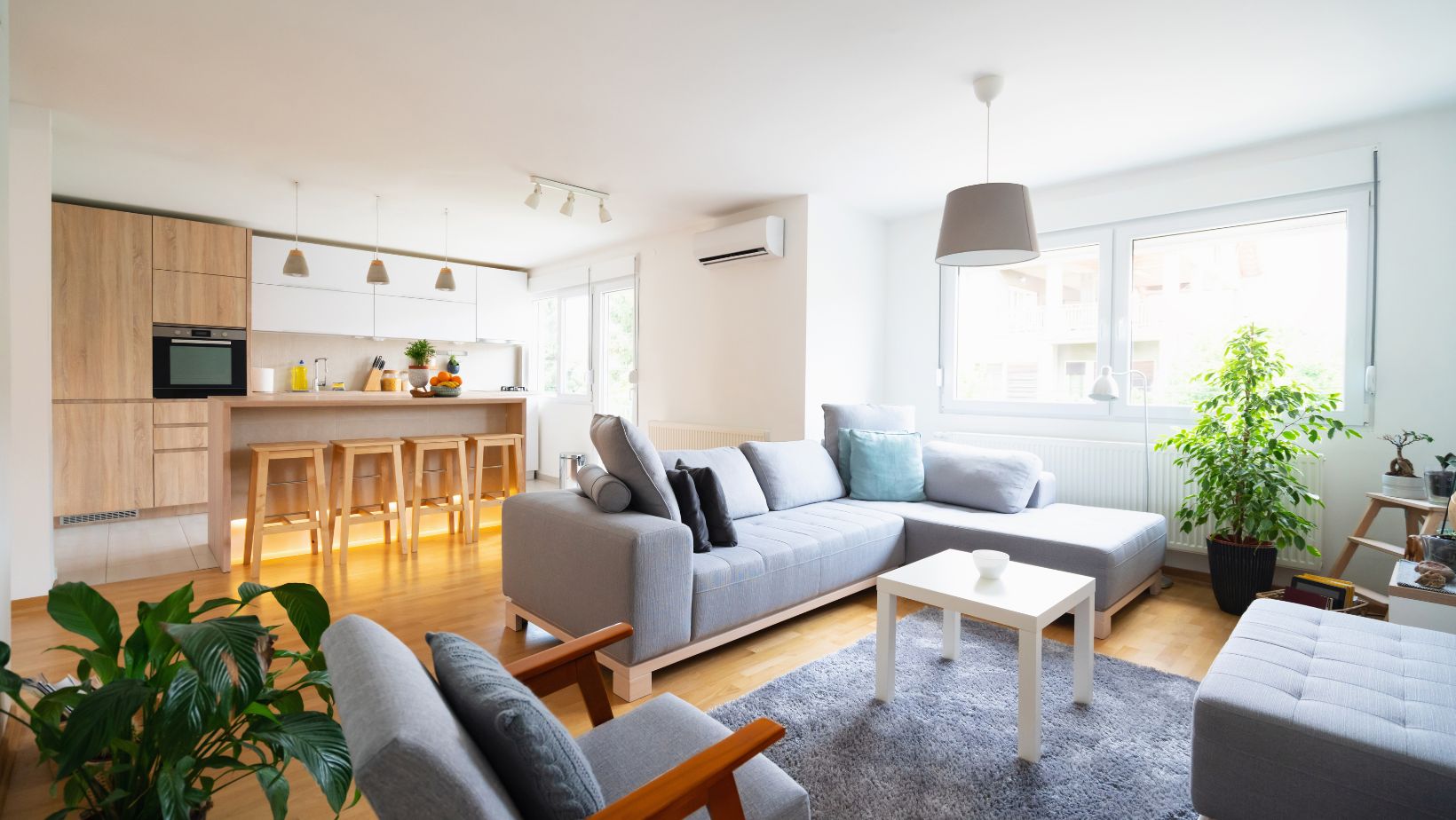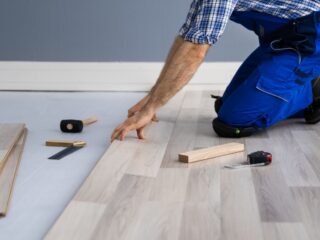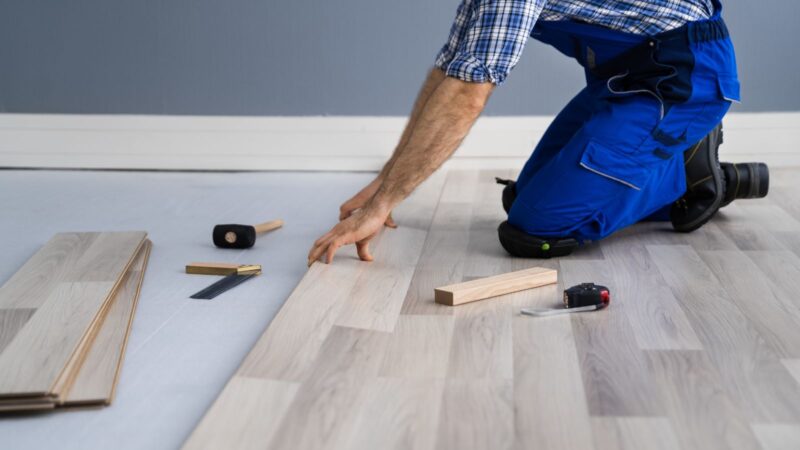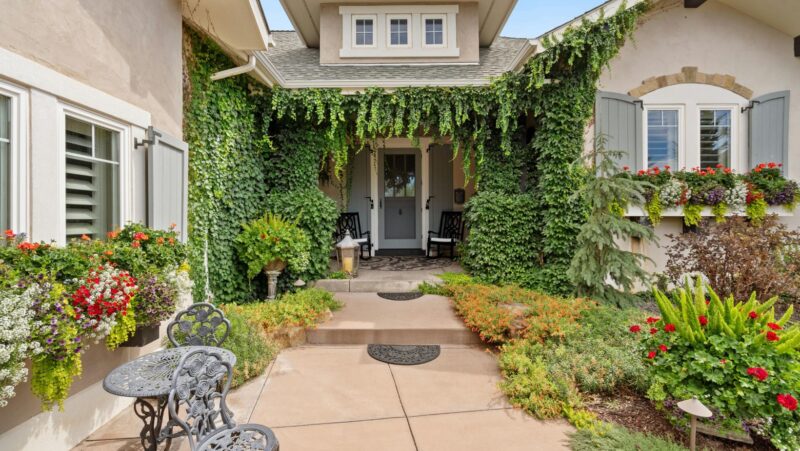
Your home is more than a mere structure; it’s a significant investment and a cherished personal haven. You ensure its longevity, value, and safety by diligently maintaining and preserving it. In this guide, we’ll explore a range of strategies, from initial assessments to long-term enhancements, all designed to help your home continue being a source of pride and comfort.
As we embark on this comprehensive journey, each segment offers practical, actionable advice. We aim to empower you with the knowledge to make well-informed decisions that maintain and augment your home’s lifespan and quality.
Understanding Your Home’s Needs: The Blueprint of Care
Every home has its own story, dictated by its age, design, and the materials used in its construction. Understanding these aspects is crucial for effective maintenance. It’s also important to consider how external factors like climate and environment affect your home, as these can significantly impact its durability and needs.
Tailoring your maintenance approach to these unique factors ensures that you’re not just applying generic care but addressing your home’s needs. This approach preserves your home’s structural integrity and enhances its ability to withstand the test of time.
Roofing: The Protective Crown of Your Home
The roof is a critical component of your home and serves as the primary shield against environmental elements. It is crucial to conduct regular roof inspections at least twice yearly to spot leaks or wear and tear, particularly after extreme weather.
Metal roofing, known for its durability and energy efficiency, is an excellent choice across various climates. Professional installation and maintenance are vital to maximizing these benefits. Engaging with professional metal roofing companies ensures proper installation and tailored advice for your home’s needs. Regardless of the material—metal, asphalt, or tiles—a well-chosen and expertly installed roof significantly enhances your home’s protection and prolongs its lifespan.
Initial Home Assessment and Planning: Laying the Groundwork
Start with a comprehensive home inspection to identify any existing or potential problems. This step is crucial in creating a maintenance plan targeting your home’s needs. Look for issues like roof damage, foundation cracks, or inefficient windows. These findings will guide your maintenance priorities and help you allocate resources effectively.
Once you’ve assessed your home, create a long-term maintenance plan. This plan should include a repair timeline, regular maintenance schedules, and a budget. Effective planning is the key to preventing minor problems from escalating into costly emergencies.
Immediate Repairs and Preventative Measures: Building a Strong Defense
Addressing repairs immediately is important in preventing further damage. For example, a small leak left unattended can lead to significant water damage over time. Similarly, cracks in the foundation can only improve if repaired promptly. It’s always a good idea to consult professionals who can diagnose foundation issues accurately and tackle these issues as soon as they arise to maintain your home’s integrity.
In addition to repairs, implement preventative measures based on your home’s vulnerabilities. This could include sealing windows to prevent drafts or updating insulation for better energy efficiency. These proactive steps are crucial in safeguarding your home against future issues.
Weatherproofing and Environmental Protection: Shielding Against the Elements
Proper weatherproofing is essential, especially in areas prone to extreme weather. This includes ensuring adequate roof drainage, installing storm windows, and applying weather-resistant paint. These steps protect your home from the elements and contribute to energy efficiency.

Understanding your local climate and environmental risks is crucial for effective weatherproofing. For instance, homes in humid areas might require extra moisture control, while those in colder regions might need enhanced insulation. Tailoring your approach to these factors is vital to adequate long-term protection.
Upgrading and Investing in Quality: Elevating Your Home’s Standards
Investing in quality upgrades can significantly extend the lifespan of your home. This might mean choosing more durable materials during repairs or choosing energy-efficient appliances. While these choices may have a higher upfront cost, they offer long-term savings and enhanced durability.
Consider upgrades that add aesthetic value and improve functionality and efficiency. For instance, replacing old windows with energy-efficient ones enhances the look of your home and reduces heating and cooling costs.
Energy Efficiency and Sustainability: Paving the Way for a Greener Future
Improving your home’s energy efficiency is a crucial aspect of long-term maintenance. This includes adopting practices like LED lighting, installing programmable thermostats, and choosing energy-efficient appliances. These changes reduce your carbon footprint and lower your utility bills.
Sustainability goes beyond energy efficiency. Consider integrating renewable energy sources like solar panels or a rainwater harvesting system. These sustainable practices contribute to the environment while enhancing your home’s self-sufficiency and resilience.
Long-Term Improvements and Renovations: Planning for the Future
When planning major renovations, consider immediate needs and future goals. Whether it’s updating the kitchen or adding an extension, each project should align with your long-term vision for your home. This ensures that improvements add value and functionality.
Stay informed about the latest trends and technologies in home improvement. Advances in materials and construction techniques can offer new opportunities for enhancing your home. Keeping abreast of these developments allows you to make informed decisions that keep your home modern and efficient.
Regular Cleaning and Organizational Habits: The Art of Maintenance
Regular cleaning and organization are crucial in maintaining your home’s condition. A clean home is more than just visually pleasing; it is less prone to wear and tear. Develop a cleaning routine that covers all areas of your home, from the floors to the ceilings.

Organization extends beyond tidiness. It involves creating systems that make maintenance more accessible and efficient. These can include everything from labeling storage areas to setting reminders for routine maintenance tasks. A well-organized home is easier to maintain and more enjoyable to live in.
Conclusion
Caring for your home is an ongoing journey, demanding consistent dedication and thoughtful planning. By adhering to the comprehensive steps detailed in this guide, you are taking proactive measures to guarantee that your home remains a haven, brimming with comfort and retaining its value over the years. This process involves regular maintenance, timely upgrades, and adapting to changing needs. Remember that an attentively cared-for home remains structurally sound and efficient and becomes a source of enduring happiness and pride for you and your family.












